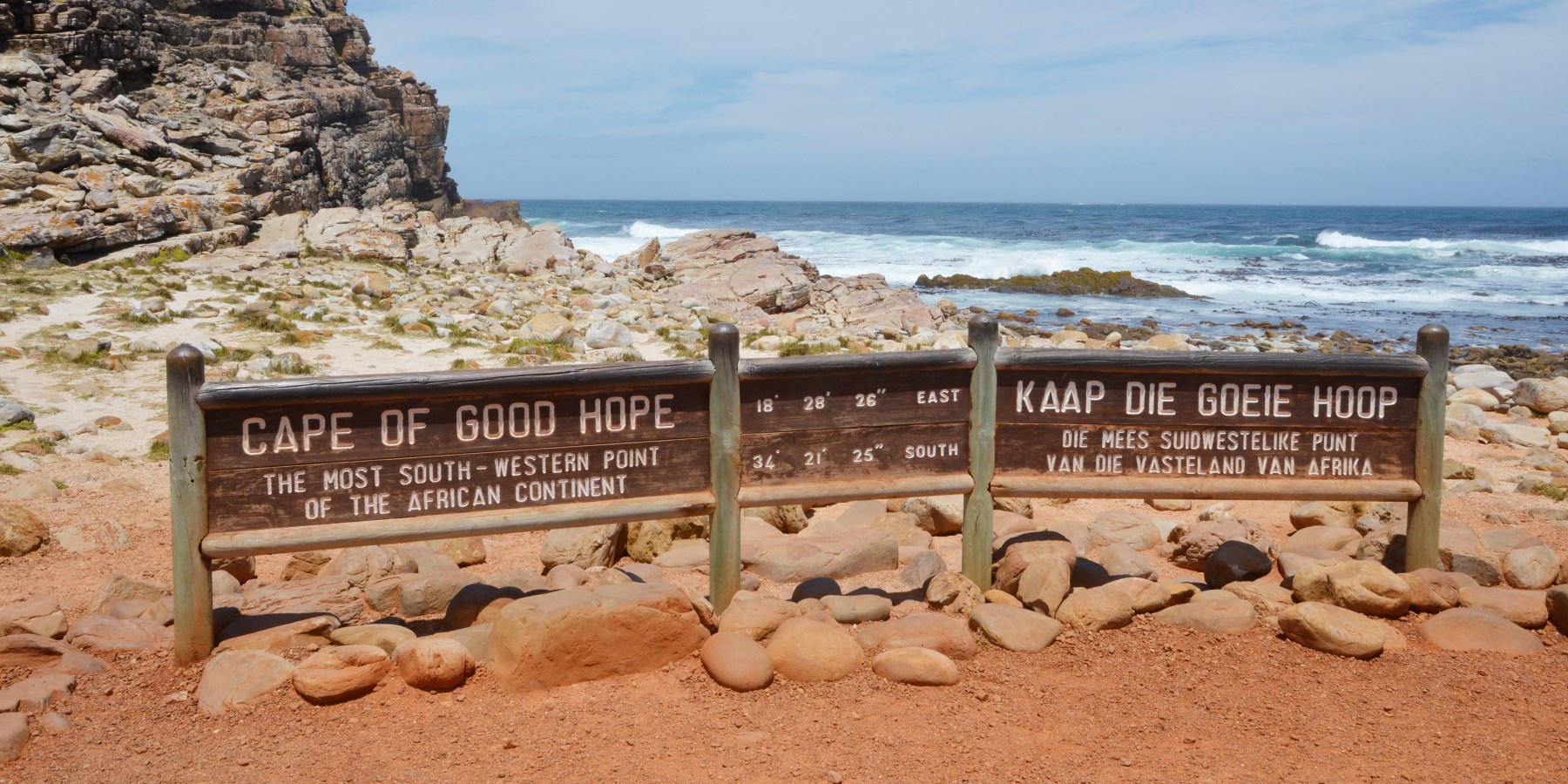
The Portuguese explorers made many discoveries during the Age of Discovery, as it was called then. Amongst those was the Cape of Storms or Cabo Tormentoso, as Bartholomeu Dias named it, which was later changed to Cape Of Good Hope.
So, if you are into Portuguese heritage and currently visiting Cape Town, here are 5 places of Portuguese history that are worth exploring:
Cape of Good Hope
Known for its beautiful scenery and baboons, the Cape of Good Hope/ Cape Point is also where we find the Portuguese beacons called ‘da Gama beacon and Dias beacon’.The beacons resemble the Padrão, which was a large stone erected by the Portuguese sailors as they discovered land During the Age of Discovery. The Padrão shaped like the cross of Christ, with the royal Portuguese coat of arms and an inscription stating when and by whom it was erected.
History tells us that it was King João, the second nephew of King Henry, started this practice as they testified to Portuguese sovereignty and Christianity.
Post Office tree:
Portuguese navigator Péro de Atoíde left a letter of warning in the area, which is now the Mossel Bay, after many of his crew members perished in a dangerous storm.
In the letter, he warned the captain that would come after him through the area that there was a disaster looming ahead and came up with a brilliant idea of leaving this letter in an old shoe which was suspended on a tree near the spring from which Bartholomeu Dias had drawn some water.
Amazingly the letter was found by the explorer to whom it was addressed – João da Nova– and so this tree acted as a post office for many years. João da Nova was so happy to find this letter that he decided to erect a shrine near the post office tree and although no evidence remains of it, it is believed to have been the first place of worship in South Africa.
Table Mountain:
Antonio de Saldanha, a Portuguese explorer, and an Admiral was the first European to name the mountain Taboa do Cabo, which means Table of the Cape. There is a cross that he erected in 1503 after climbing the mountain that is known today as Lion’s Head (Cabeça do Leão).
After that, the area fell out of regular contact with the Europeans and only the Khoi Khoi people who called it Hoerikwaggo, meaning the mountain in the sea, are believed to have roamed the area until Jan Van Riebeeck and the other employees of the Dutch East India Company (VOC) came in 1652 to establish a halfway station. The station was built so that the ships coming from Europe to Asia could be supplied with water, vegetables and meat.Today, Table Mountain was voted one of the New Seven Wonders of the World in 2011 and is visited by around 800,000 people every year. Definitely, a place that is a must visit for tourists.
St Helena Bay:
It is recorded that Vasco da Gama was the first European to set foot on it on November 7, 1497, naming it Baia Santa Helena.The town is located in the West Coast district municipality in the Western Cape Province in South Africa. Nicknamed by locals as Agterbaai, it was the place where the first set of battles between the indigenous Khoi Khoi and the Europeans explorers took place. There is a monument at the actual site where Vasco Da Gama arrived where tourists looking to learn more about Portuguese heritage can pay a visit and engage in many other activities such as whale watching, sight-seeing and watching the dolphins dance.
Cape Agulhas:
It was also Bartholomeu Dias who named this place Cabo Das Agulhas, meaning Cape of Needles, before the name fell under French influence making it L’agulhas. Contrary to a popular belief, this is actually the southernmost tip of the African continent and not Cape Point as many have believed. As the name suggests, this area saw many ships sailors being ushered to a watery grave as the sharp and treacherous reef that lines the coast caused many accidents before the oldest lighthouse was built in April 1847.
Another interesting fact is that at this part of the world, sailors found that the compass needle does not vary between geographic north and magnetic north. This resulted into an emphasis that this place is, in fact, the southernmost tip of Africa.
Today, Agulhas is one of the most sought after tourist destinations in South Africa.
So, everyone who loves to find a bit of Portugal in Cape Town, these are the places you shouldn't miss out on.

